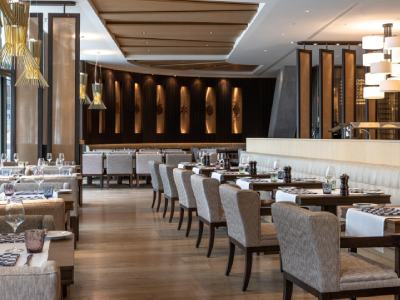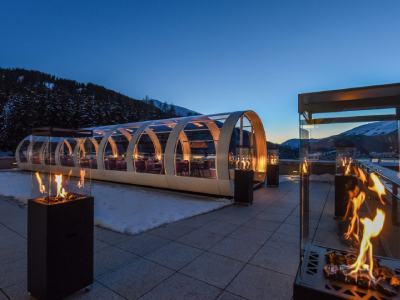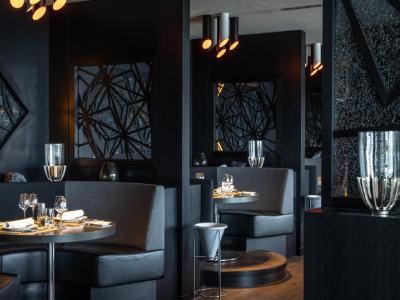The stories behind the products from atelier VERT.
The Seewiese farm is situated in one of the most beautiful locations in the Davos landscape. Martin Büchi and his family also shape the Davos landscape by managing alpine pastures with around 200 ewes. These mountain slopes would otherwise be overgrown by alpine roses, juniper and ash bushes. Down in the valley, on the Seewiese by Lake Davos itself, rolled barley grows, an important component in the ecological cycle of the Seewiese farm.
First, however, we talk about the sheep. The lambs are raised by their mothers and slowly fattened over the summer on the extensive alpine and mountain pastures. This ensures a particularly tender meat quality and a fine taste. Production is subject to the guidelines of the Bio-Suisse bud.
The cultivation of the summer barley on the Seewiese is also organic. In addition, an age-old tradition is revived during cultivation. After the barley has been harvested by hand, the grains have to be hulled. The Scartazzini family in Promontogno in the Bergell uses a traditional method to do this.
Martin Büchi is always open to new ideas and also experiments in his garden and yard. For Manuel Zünd, Executive Chef of the AlpenGold Hotel Davos, this is the perfect approach to bring these products closer to the guests in the atelierVERT.
The big picture is always important to Martin Büchi. One must contribute to the other. So is the rolled barley, an important component in the ecological cycle of the farm zur Seewiese. It shares space on the farm with mirror sheep, woolly pigs, chickens, peas and potatoes. On this basis, many new joint ideas and considerations can be developed. We are already excited about which other products will find their place in the atelierVERT. For the time being, however, rolled barley has secured its place on the menu.
Did you know that rolled barley has a positive effect on the water balance in the body and on the stomach?
And, as the name suggests, spring barley is rolled and thus becomes rolled barley. Rolling is done between two stones with a special structure and the right distance from each other. Then sieves and air currents ensure that the husk is separated from the grain.




































